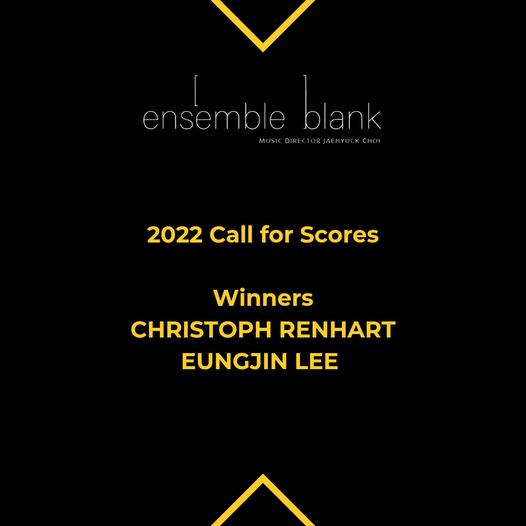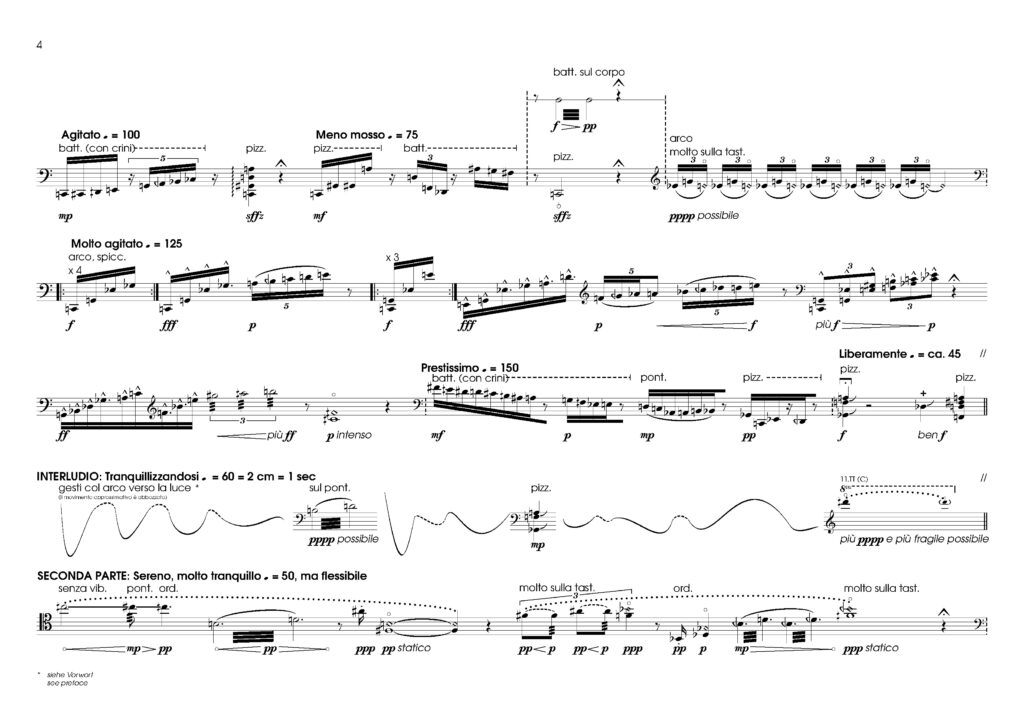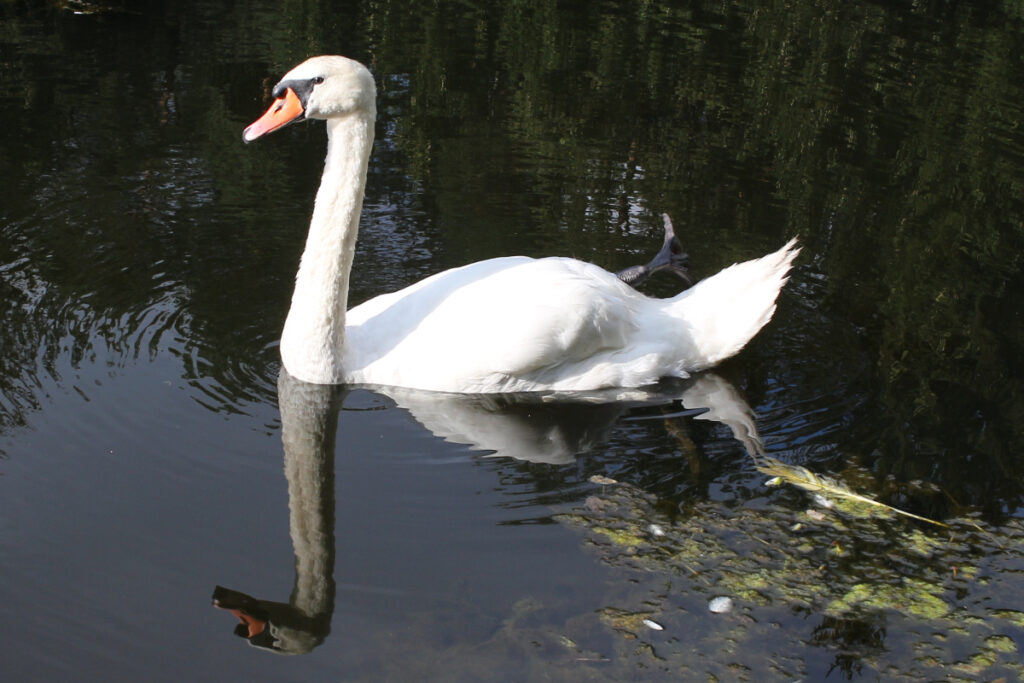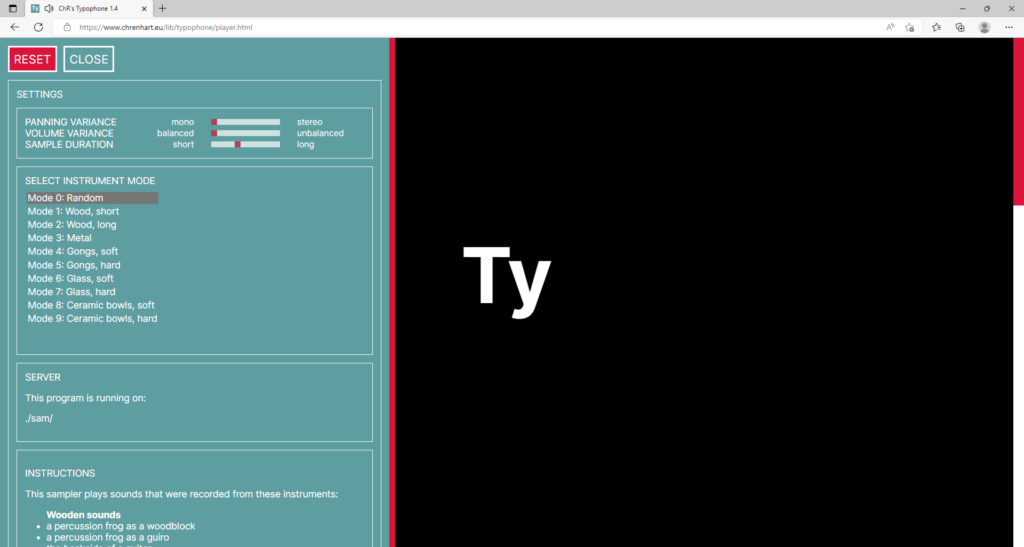for mezzo-soprano and ensemble (2021–2023)
DE
Das siebenteilige Werk basiert auf vier eigenen kurzen Gedichten, die unter dem Titel »Drei nautische Stillleben und ein Frostgedicht« zu einem Zylus zusammengefasst wurden. Die Textgrundlage ist dabei selbst wie ein musikalisches, abstraktes Werk gebaut, dessen inhaltlicher Zusammenhang nicht primär durch das Erzählen einer durchlaufenden und klar nachvollzibarer Geschichte sich stützt, sondern vielmehr durch enge Beziehungen auf der Ebene des Materials gestiftet wird. Solche Materialverwandtschaften betreffen kraftvolle Bilder wie die Farbe Rot, die etwa als Farbe der Lava in den Raum geschleudert wird oder als Wein dem Berg der Nymphen entquillt. Das Quellen wiederum stellt ein weiteres solches Grundmaterial dar, es quillt der Wein, es quillt explizit auch die Höhle der Lurche, darüber hinaus tropft und nässt es überall: In den Zungen des Bergs, durch die Poren des Farns, im zerflossenen Sand, im Morast der Astern usf. Beziehungen sehen wir auch zwischen einzelnen Buchstabenclustern: stillt, quillt, Krill, klirrt, kristallin etc.
Ein weiteres wichtiges Motiv sind die vielen großen Kontraste, die natürlich auf der Ebene des Materials wieder eng miteinander zu einem eigentlich surrealen Amalgam verschmolzen werden. So zeichnet die vier Tableaux der Gegensatz zwischen magmatischer Hitze und klirrender Kälte, zwischen dem Trockenen – auch in Hinsicht auf den Klang der Worte und Silben zu verstehen wie etwa bei den beonders konsonantenlastigen Wörtern starrt, steif, klirrt, karg usf. – und dem Nassen – in Analogie dazu finden wir vokallastige Wörter wie Lehm, bleiern, loh usf.
All diese Beziehungen sind in erster Linie musikalischer Natur. Die Aussagen der Strophen bleiben mehrdeutig und stets interpretierbar wie ein Orakel, aus dessen Deutung man sich kleine Weisheiten verspricht. Eine eindeutige inhaltliche Klammer stellt jedoch die Figur der Nymphe dar, die quasi sinnbildlich sowohl den Fluss des Lebens entspringen lässt, wie auch das Versiegen einer Quelle verkörpert. In ihr vereinen sich Hoffnung und Zerstörung, Frühlung und Winter. Der Vulkan (als Nymphenberg) bildet als natürliches Phänomen eine Analogie zur Figur der Nymphe, deren Wesenszüge allzu menschlich anmuten. Ähnlich wie sie schafft er Leben und raubt es zugleich, ist im selben Momement gefährlich und unglaublich faszinierend. Dazu besteht er aus flüssiger Masse (Magma), die zur trockenen Masse (Erde) wird.
Im vorliegenden musikalischen Werk werden besonders diese beschriebenen Kontraste dargestellt: Das Karge trifft auf das üppig Quellende, das Ruhige schlägt um ins Eruptive. An vielen Stellen kommentiert die Musik den Text, so nimmt ein ausladendes Vorspiel schon das Sprudeln des Wassers im ersten Lied vorweg und lässt uns eintauchen in eine impressionistisch-grazile Wasserwelt. Ganz markant ist auch das Bild des mächtigen Pottwals im Klavierpart dargestellt, der quasi vulkangleich eine Luftfontäne durch eine rauhe See in den Himmel schießt. Ebenso plakativ ist der Zusammensturz des Vulkans nach seiner Eruption musikalisch umrissen: Die Entstehung der Caldera finden wir ab Seite 26 in der Partitur als großes, virtuoses Zusammenrasseln dargestellt.
Drei nautische Stillleben entstand zwischen Juni und Dezember 2021 für die Mezzosopranistin Klaudia Tandl.
INSTRUMENTATION:
mezzo-soprano and ensemble (1.1.2.1—1.1.1.0—3perc.pno—1.1.1.1.1)
- flute
- oboe
- 1st clarinet in Bb
- 2nd clarinet in Bb (also bass clarinet in Bb)
- bassoon (also contrabassoon)
- horn in F
- trumpt in Bb
- trombone
- percussion (three players)
- crotales
- glockenspiel
- 3 singing bowls (F#3, F4, D6)
- tubular bells
- gongs
- suspended cymbal
- tam-tam
- bass drum
- 3 percussion frogs
- xylophone
- vibraphone
- piano (also celesta)
- 2 violins
- viola
- violoncello
- double bass (5 strings)
DURATION: ca. 20 minutes
PERFORMANCE MATERIAL:
Universal Edition
PREMIERE:
April 17 2023, Musikverein (Vienna) • Ensemble Kontrapunkte, Gottfried Rabl (conductor), Elsa Janulidu (mezzo-soprano)



